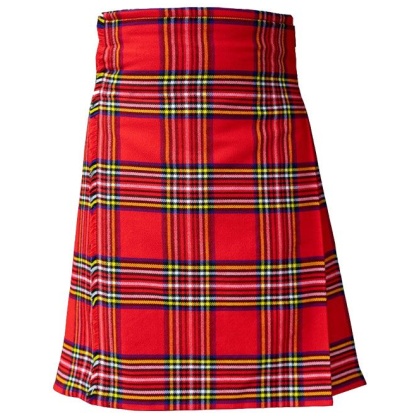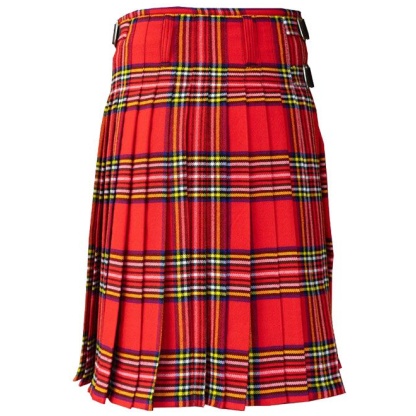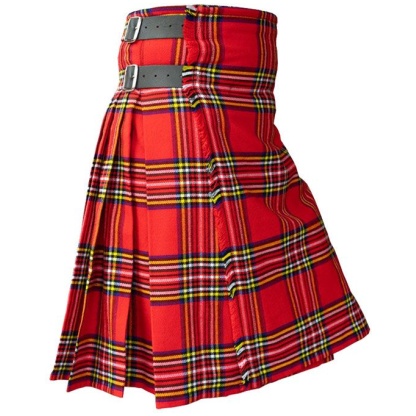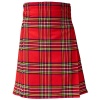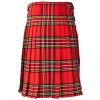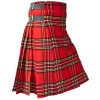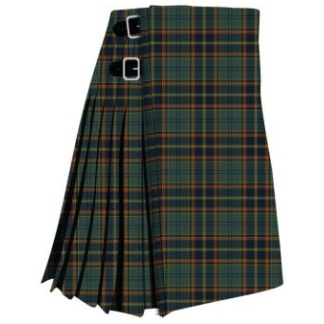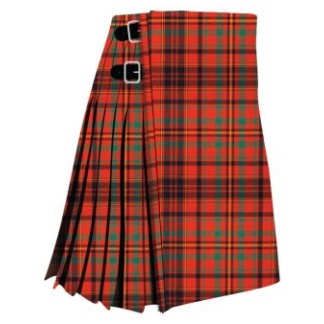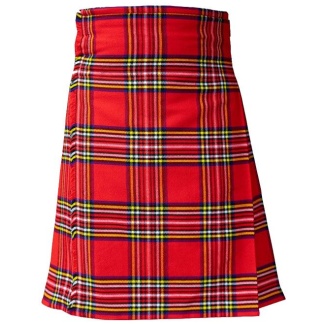Scottish Royal Stewart Tartan Kilt
$70.00
The Royal Stewart Tartan is one of the most recognizable and widely used tartans in Scotland. It is associated with the Scottish royal family and has a rich history dating back several centuries. Here are some key points about the Royal Stewart Tartan:
Origin: The Royal Stewart Tartan is believed to have originated in the early 19th century, although its roots can be traced back to earlier tartans associated with the Stewart clan, particularly the “Stewart of Appin” tartan.
Associated Clan: The Stewart clan is one of the oldest and most prominent clans in Scotland. They played a significant role in Scottish history and produced several monarchs, including Mary, Queen of Scots, and King James VI of Scotland (who later became King James I of England).
Royal Connection: The Royal Stewart Tartan is often referred to as the “Royal Tartan” because of its strong association with the Scottish royal family. It is said to be the personal tartan of Queen Elizabeth II and is commonly seen in various forms at royal events and ceremonies.
Pattern: The Royal Stewart Tartan features a distinctive pattern of red, green, and blue stripes intersecting to form a tartan grid. The dominant color is bright red, and it is adorned with thin green and blue lines. It is a bold and striking tartan, making it a popular choice for various clothing and accessories.
Uses: The Royal Stewart Tartan is widely used in Scottish traditional attire, including kilts, tartan trousers, and shawls. It is also used for various accessories such as scarves, ties, and even home decor items like blankets and cushions. It is a popular choice for both formal and casual occasions.
Symbolism: While the Royal Stewart Tartan is associated with the royal family, it is not specific to any particular clan. Instead, it is considered a universal tartan that can be worn by anyone. Its vibrant colors and bold design make it a symbol of Scottish heritage and pride.
Popularity: The Royal Stewart Tartan’s popularity extends far beyond Scotland, and it is recognized worldwide as a symbol of Scottish culture. It is often seen at Scottish-themed events, festivals, and gatherings.
In summary, the Royal Stewart Tartan is a prominent and widely recognized tartan associated with the Scottish royal family and the broader Scottish culture. Its bold red, green, and blue pattern is a symbol of Scottish heritage and pride, and it is commonly worn in various forms of traditional Scottish attire and accessories.
